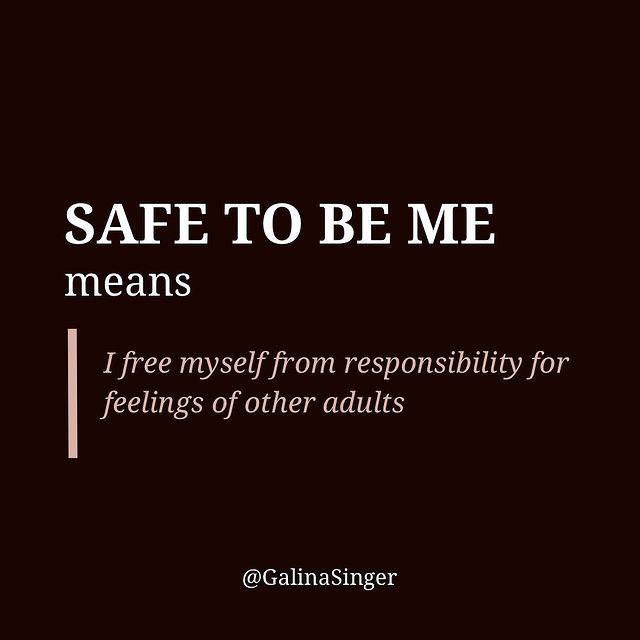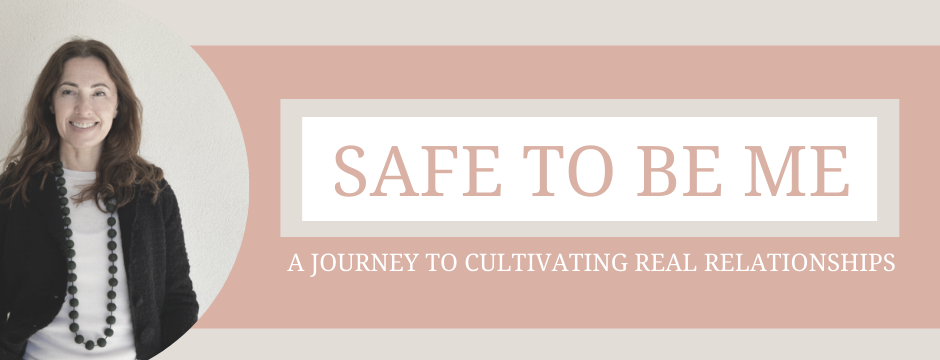Let’s normalize the full range of human behavior
At 55 I still allow myself to dream!
The way I live my life now it seems strange to even focus on my age and dreaming, like it’s something exceptional or out of the norm.
I now spend a great majority of my time dreaming, setting intentions about all the things that I still want to do, write and teach, inspired by my research and observations, fully in creative mode.
But, prompted by Suzy Ashworth who mentioned in one of her posts that she still dreams at 43 – I‘m reminded of the fact that it’s actually a big deal to continue dreaming in a society that values workaholism, productivity, perfectionism and keeping the nose to the grindstone. We are also conditioned to view age as a limitation, especially for women in their 40’s, 50’s and beyond.
Many people are burdened (if not broken) by the drudgery and responsibility of adult duties and obligations. Over-scheduling our lives and putting other people’s needs before our own leaves little time for quiet contemplation.
A few years ago I was influenced by beliefs that dreaming is a waste of time, that it is not serious, and that past a certain age it becomes frivolous.
I was raised by a mother who regularly repeated that something or another was too late for her to dream of or aspire to – until life in its infinite playfulness challenged her to radically change her life in her mid-60’s.
Throughout childhood, I was told that I have my head in the clouds, which was not meant as a compliment. For many years I was embarrassed for my tendency to be “out of touch with reality.”
It is only recently that I understood that there are many realities. That my time dreaming connects me to something that is calling me to my destiny. The more time I allocate to quiet contemplation, the more I allow playful life force to guide me to where I need to be next, co-creating with the universe.
I now know that it’s never too late to dream. For as long as we breathe – anything is still possible.
“I have nothing to prove, not even to myself.” ~ Suzy Ashworth
This was an eye-opener for me.
As hard as I work on accepting all of me – what I used to perceive as success, what I used to perceive as failure – I still notice the need to observe progress in my life.
I enjoy telling my story.
How I published my first article at 50 years of age, when everyone told me “after 50 it’s over.”
How I help people all over the world become safe to be themselves, after a life of not feeling safe.
How I dare to become visible – to share my innermost thoughts, to go on video and be open to criticism and ridicule daily and it no longer scares me.
My story feels more and more like a success with every new year.
I celebrate many of my wins publicly.
The pleasure I feel when I fulfil my own goals when I stretch my own comfort zone when I stare my fear straight in the eyes and say “watch me!” as I take the next daring step – is real!
I am proud of myself.
I am happy to witness how I made gold out of so much lead.
But what would I feel if the graph of my “progress” was not moving up?
Would I accept myself then?
How conditional is my love still?
Yes, that’s the test, isn’t it?
The test is how I feel on days when my articles are not read by as many people as I’d hoped?
How do I feel when my month has not broken the goals I’ve set for myself?
When the gold medal goes to someone else?
And that is the lesson: how can I free my sense of self-worth from the way I perform in the rat race?
Can I love myself when it looks like I’m failing?
When someone who used to love me goes silent?
When I feel misunderstood and too close to feeling rejected?
When I don’t measure up to my own expectation of where I should have been at my age?
That is the journey.
I hope to one day know what it feels like when I no longer have anything to prove.
Not even to myself.

What is normal?
Our definition of normal is a source of great suffering because invariably all of us at least in some areas of our lives fall off the spectrum of what’s normal.
You know why?
Because what we’ve been sold as “normal” is a tiny sliver on the spectrum of human behavior. There’s nothing normal about it. It’s an impossible standard that no human can possibly stick to, because it is actually so unnatural.
All those secrets we’ve all been raised with? That’s our parents not knowing how to talk about their humanity, their falling off the tiny dot of what’s allowed.
All of us with children or partners who lie? They are too afraid to tell you how human they are.
Are you the one lying? I’m one of you! We don’t have to lie. It is not shameful to be human.
You know what is normal?
The full spectrum of human behavior.
The more we dare to talk about it, the more we widen and stretch the unbearably narrow and unnatural definition of what is normal that we’ve inherited.
Let’s normalize the full range of human behavior.
Let us be Safe to Be Me.

This is a big one for me.
The acid spill of codependency in which I was raised had entrapped me in responsibility for other people’s feelings.
I felt that their mood was a barometer of how I was doing. If they were angry or upset with me that it had something to do with my not being good enough, not trying harder.
Of course, the opposite also worked: when they were happy and cheerful in my presence I nourished myself on it.
It’s a destructive dynamic because other people’s feelings and moods stem from their own thoughts, beliefs, expectations, life experiences, physical health, childhood wounds, and their own self-worth, and as such is completely out of my control.
I was trying to control the uncontrollable. In the process of judging myself from other people’s moods and opinions, I lost connection to myself.
Focused on managing other people’s experiences of me, I never felt safe to be myself.
Today I work hard on leaving other people their experiences, feelings and opinions. Even when it’s about me.
My barometer of how I am doing these days is checking with myself, trying to behave in integrity with my values, trying not to spill the pain of my wounds on other people.
Most importantly, I remind myself that I am Safe to Be Me – even when it threatens other people.

I have been exploring the notion of safety for years.
Ever since the words “You are safe” during a meditation years ago provoked a downpour of tears.
My reaction surprised me.
It made me acknowledge the fact that safety was an issue for me.
Surrounded by people, living in a family, I caught myself feeling profoundly alone.
Today I understand that what I felt was: disconnected.
The quote by Gabor Mate tied it all together for me: “Safety is not the absence of threat, it is the presence of connection.”
We form relationships, but we do not connect.
Our traumatized, vigilant, fearful younger parts prevent connecting with others. We expect harm to come from even the closest people, often through unconscious blocks and limitations. We vigilantly scan for any sign of disrespect and pull away from connection, spilling the bile of unprocessed pain even on people who want to love us.
To be able to surrender, to feel safe to receive and be nourished by other people, to connect with others, we need to first connect to ourselves.
To integrate all parts of who we are. To connect to the unquestionable value of our presence here. And open to the experience of life.
For as long as we keep ourselves safe by guarding our hearts, we will not find Safety.

I no longer show up to my relationships as a beggar – empty and in need to be fed.
I no longer de-humanize people I claim to love. I stopped using people as need fulfillers, judging and discarding them when they are unable to fill my inner void.
When I come to my relationships fully nourished, I allow other people to be who they are.
I no longer need anything from them.
I am drawn to people by curiosity, attraction, desire to know more about them, and potential for fun and play.
Becoming selfish has taught me to value other people for who they are, no longer using them or judging their value from what they can do for me.
We often judge people in our life based on our own reality, our own expectations, attachment to a certain image of how things should unfold. We frequently judge people based on how we would have reacted to a particular situation. The fact is that each of us is unique, with our own perception, temperament and history. Even in the same family each child – although raised together – has their own reality. So definitely our partners, who are raised in different family cultures and have their own set of “givens” very different from ours, will have their own thoughts, ideas and reactions to a situation that may vary from how we’d react or behave. As I always say, when we dare to start addressing our own needs according to our own preferences, wishes and values, it becomes easier to let other people be who they are, without trying to make them like we are. When we no longer base our relationships on need or fear, we free them to include fun!
